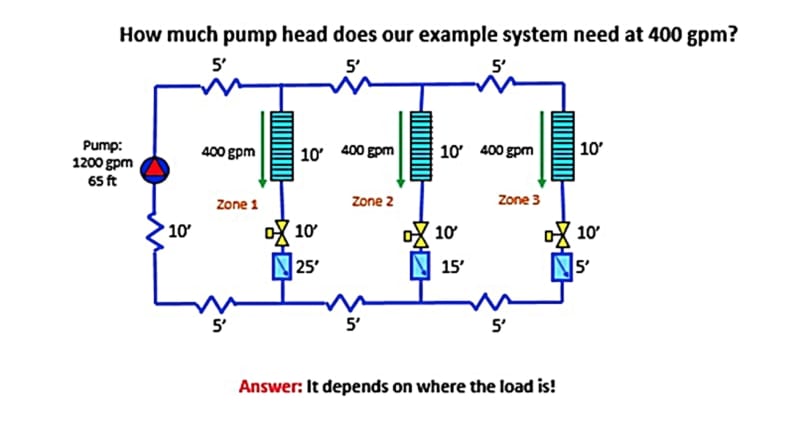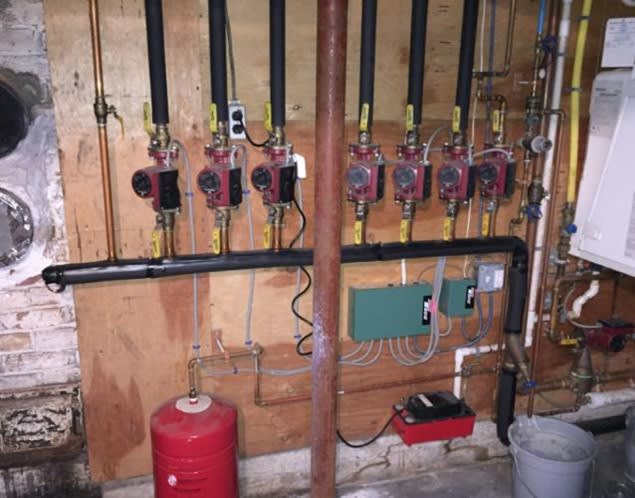Dear Experts
The photo is related to one of AHUs on the riser. The problem is that only
This circuit has problem of pump cavitation on the riser and other ahu pumps are working fine
When pressure independent control valve is open more the cavitation sound
Willl be higher and vice versa so could you please let me know which part of circuit should i
Check? I my opinion the check valve is faulty but i am not sure and need your idea.
Regards,
The photo is related to one of AHUs on the riser. The problem is that only
This circuit has problem of pump cavitation on the riser and other ahu pumps are working fine
When pressure independent control valve is open more the cavitation sound
Willl be higher and vice versa so could you please let me know which part of circuit should i
Check? I my opinion the check valve is faulty but i am not sure and need your idea.
Regards,


